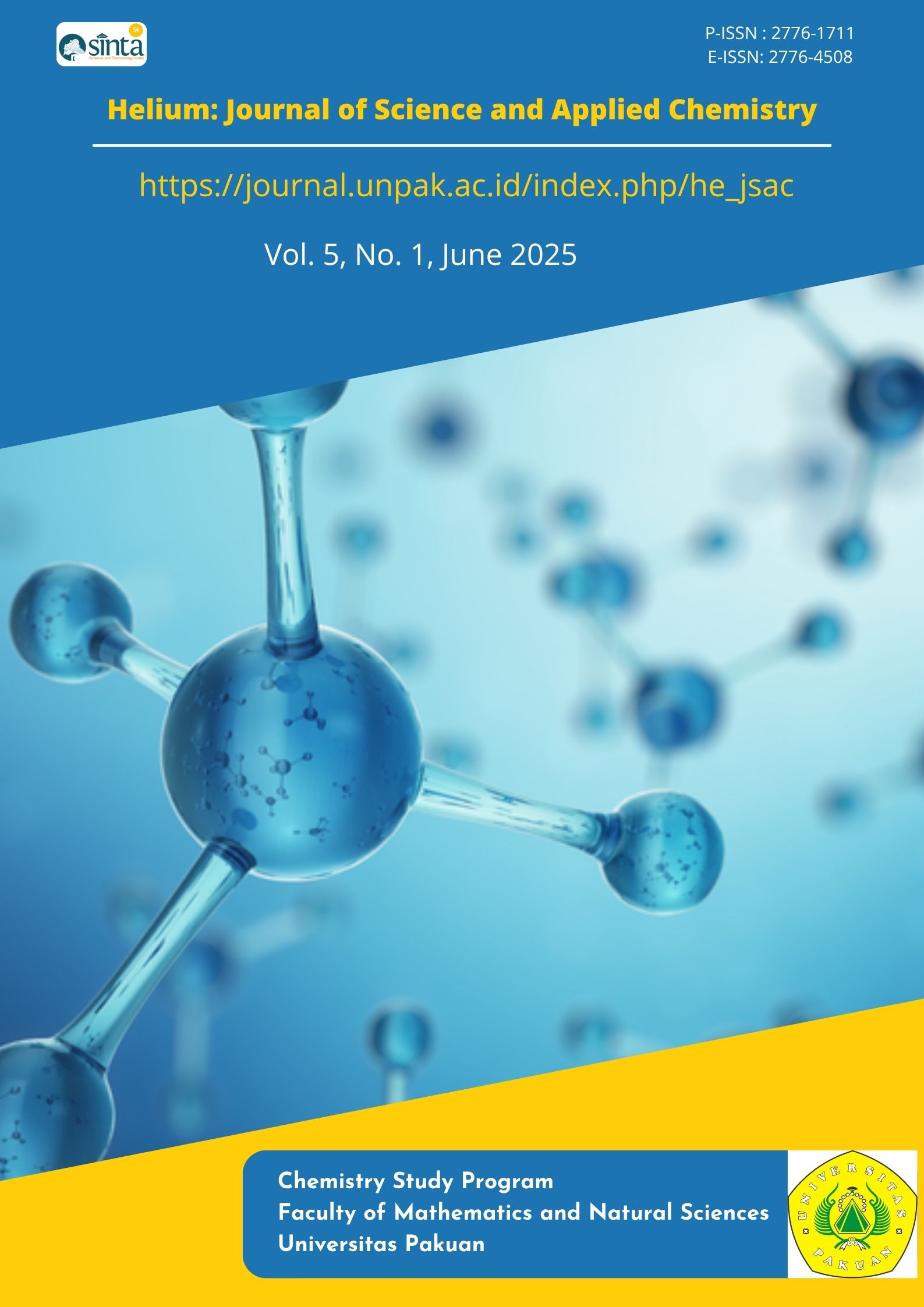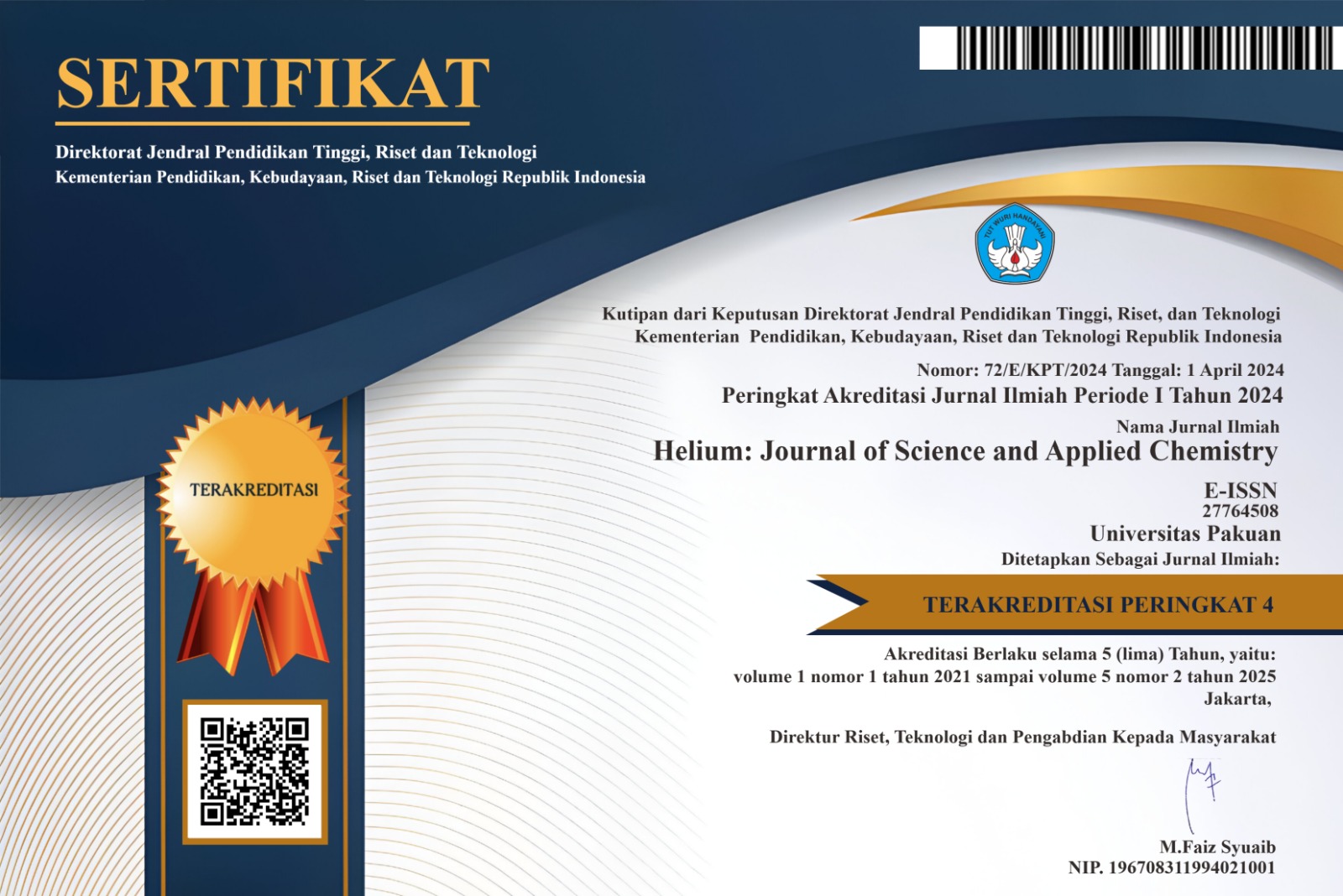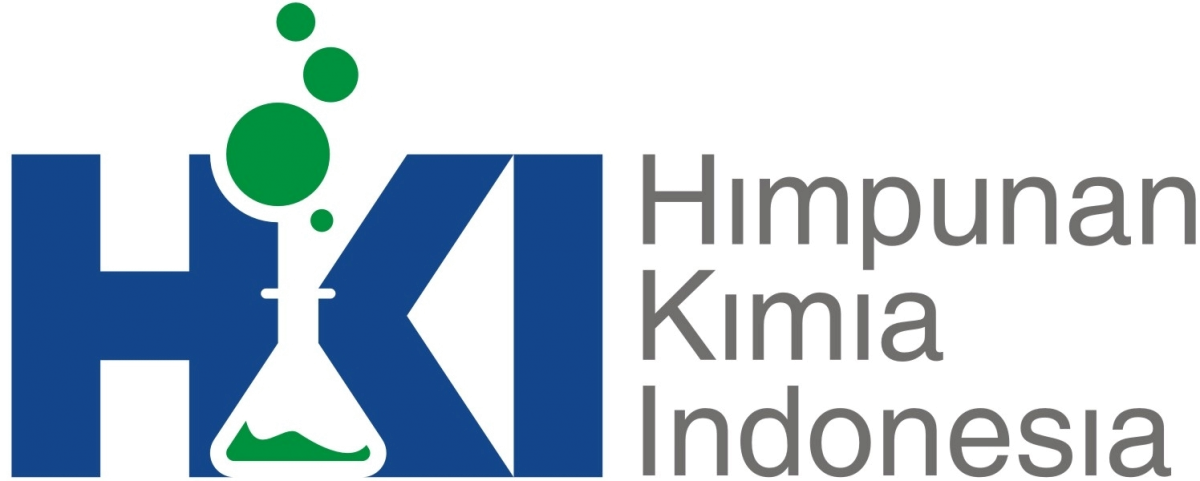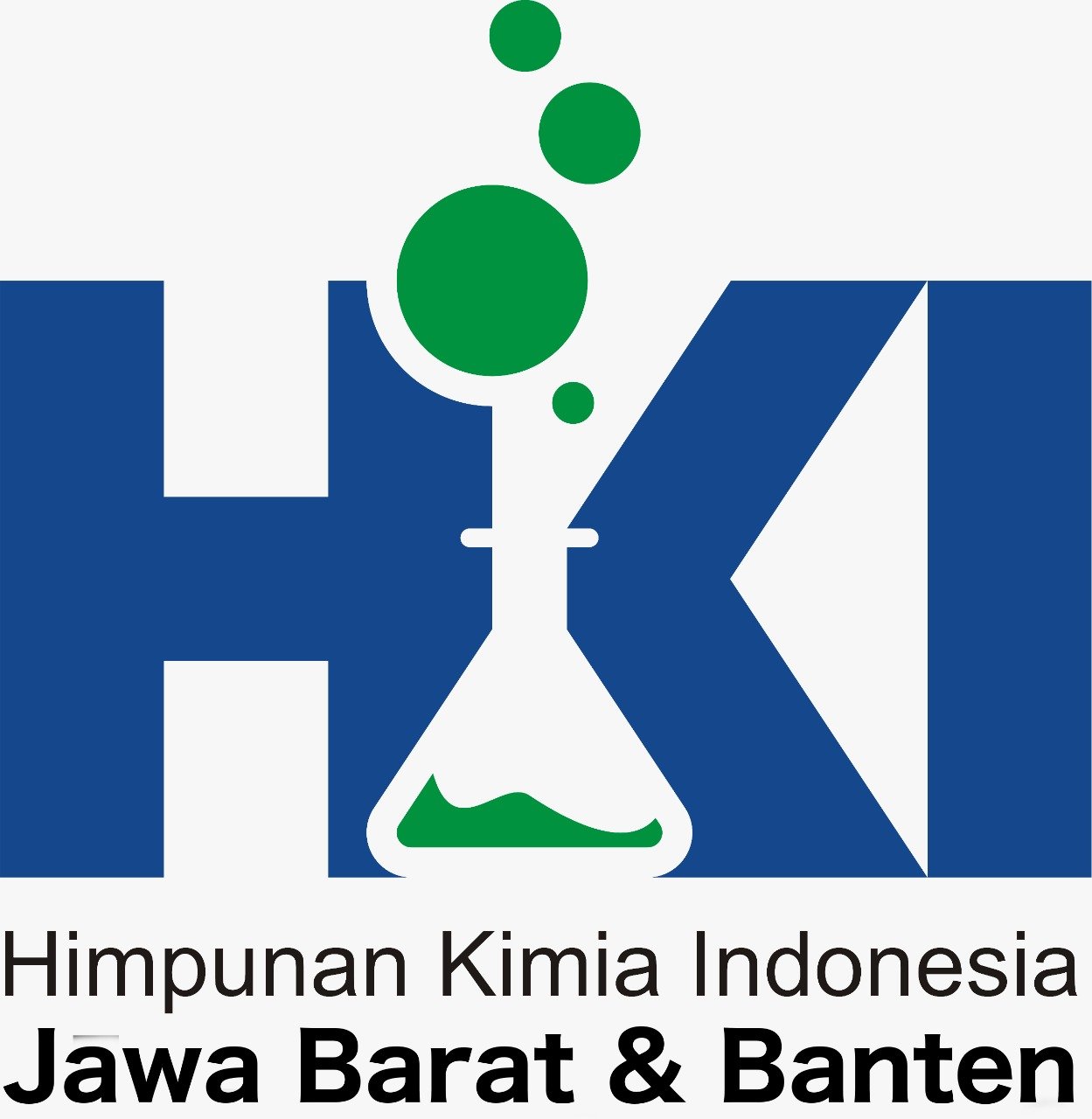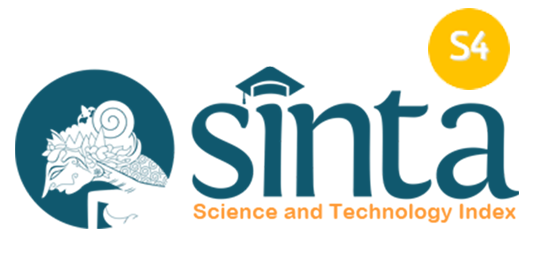The Potential of Isoniazid Derivatives as Anti-Tuberculosis Drugs targeting 6MA8: In Silico Study
DOI:
https://doi.org/10.33751/helium.v5i1.13Kata Kunci:
6MA8, Isoniazid derivative, in silico, molecular dockingAbstrak
Tuberculosis (TB) is a contagious disease caused by Mycobacterium tuberculosis. Isoniazid, a synthetic antimicrobial agent, remains one of the most crucial first-line medications in TB therapy. Enhancing TB treatment strategies can be achieved through structural modifications of existing drugs. This study investigates the potential of isoniazid derivatives as anti-tuberculosis agents targeting the CYP3A4 protein complexed with a small-molecule inhibitor (PDB ID: 6MA8) and evaluates their toxicity profiles using in silico methods. The ligands analyzed include isoniazid derivatives 1–5, with isoniazid as a reference compound and protoporphyrin as the native ligand. The structure of ligands was prepared using Avogadro software and optimized with ORCA software. The crystal structures of 6MA8 were retrieved from the PDB database and further validated using YASARA. In silico methods such as molecular docking and ProTox prediction were employed to evaluate the potential of these isoniazid derivatives as anti-TB drugs. The interactions were visualized using Biovia Discovery to assess the interaction between the isoniazid derivatives and the receptor. The results showed derivative 4 exhibited the lowest binding affinity (-71.56 kcal/mol) compared to isoniazid (-65.90 kcal/mol), derivative 1 (-63.65 kcal/mol), derivative 2 (-67.01 kcal/mol), derivative 3 (-67.37 kcal/mol), derivative 5 (-69.02 kcal/mol), and native ligand (-182.68 kcal/mol). Biovia Discovery Studio simulations indicated that the isoniazid derivatives interacted with 6MA8 via conventional hydrogen bonds, carbon-hydrogen bonds, and other interactions. The toxicity analysis showed that the derivatives had safe LD50 values, supporting their safety profiles. These results suggest that isoniazid derivatives have promising potential as anti-tuberculosis agents targeting 6MA8.
Referensi
A. Natarajan, P. M. Beena, A. V. Devnikar, and S. Mali, “A systemic review on tuberculosis,” Jul. 01, 2020, Tuberculosis Association of India. doi: 10.1016/j.ijtb.2020.02.005.
P. Sudre, G. ten. Dam, and A. Kochi, “Tuberculosis: a global overview of the situation today,” 1992.
F. Martínez-Jiménez et al., “Target Prediction for an Open Access Set of Compounds Active against Mycobacterium tuberculosis,” PLoS Comput Biol, vol. 9, no. 10, 2013, doi: 10.1371/journal.pcbi.1003253.
I. Shah, V. Poojari, and H. Meshram, “Multi-Drug Resistant and Extensively-Drug Resistant Tuberculosis,” Oct. 01, 2020, Springer. doi: 10.1007/s12098-020-03230-1.
A. Zumla et al., “Tuberculosis treatment and management-an update on treatment regimens, trials, new drugs, and adjunct therapies,” Mar. 01, 2015, Lancet Publishing Group. doi: 10.1016/S2213-2600(15)00063-6.
G. F. dos S. Fernandes, H. R. N. Salgado, and J. L. dos Santos, “Isoniazid: A Review of Characteristics, Properties and Analytical Methods,” Jul. 04, 2017, Taylor and Francis Ltd. doi: 10.1080/10408347.2017.1281098.
G. S. Timmins and V. Deretic, “Mechanisms of action of isoniazid,” Dec. 2006. doi: 10.1111/j.1365-2958.2006.05467.x.
Y. Q. Hu et al., “Isoniazid derivatives and their anti-tubercular activity,” 2017, Elsevier Masson SAS. doi: 10.1016/j.ejmech.2017.04.002.
M. Gegia, N. Winters, A. Benedetti, D. van Soolingen, and D. Menzies, “Treatment of isoniazid-resistant tuberculosis with first-line drugs: a systematic review and meta-analysis,” Lancet Infect Dis, vol. 17, no. 2, pp. 223–234, Feb. 2017, doi: 10.1016/S1473-3099(16)30407-8.
R. Mardianingrum, S. R. N. Endah, E. Suhardiana, R. Ruswanto, and S. Siswandono, “Docking and molecular dynamic study of isoniazid derivatives as anti-tuberculosis drug candidate,” Chemical Data Collections, vol. 32, Apr. 2021, doi: 10.1016/j.cdc.2021.100647.
J. Vinsova, A. Imramovsky, J. Jampilek, J. F. Monreal, and M. Dolezal, “Recent advances on isoniazide derivatives,” Jan. 2008. doi: 10.2174/187152108783329780.
I. Sevrioukova, “Interaction of Human Drug-Metabolizing CYP3A4 with Small Inhibitory Molecules,” Biochemistry, vol. 58, no. 7, pp. 930–939, Feb. 2019, doi: 10.1021/acs.biochem.8b01221.
D. J. Kusner, “Mechanisms of mycobacterial persistence in tuberculosis,” Clinical Immunology, vol. 114, no. 3 SPEC. ISS., pp. 239–247, 2005, doi: 10.1016/j.clim.2004.07.016.
H. M. Berman et al., “The Protein Data Bank,” 2000. [Online]. Available: http://www.rcsb.org/pdb/status.html
M. D. Hanwell, D. E. Curtis, D. C. Lonie, T. Vandermeersch, E. Zurek, and G. R. Hutchison, “SOFTWARE Open Access Avogadro: an advanced semantic chemical editor, visualization, and analysis platform,” 2012. [Online]. Available: http://www.jcheminf.com/content/4/1/17
N. P. S. Oktaviani, A. L. Ivansyah, M. Y. Saputra, N. Handayani, N. Fadylla, and D. Wahyuningrum, “Potential application of bisoprolol derivative compounds as antihypertensive drugs: Synthesis and in silico study,” R Soc Open Sci, vol. 10, no. 12, Dec. 2023, doi: 10.1098/rsos.. 231112.
U. Harahap, G. Haro, H. Purnomo, and D. Satria, “In Silico Analysis of Boron Derivate Compounds as Potential ER-α Inhibitor,” Scitepress, Aug. 2020, pp. 814–817. doi: 10.5220/0010091808140817.
S. Mariska et al., “Antibacterial Potency of Bioactive Compounds from Areca catechu Nuts: A Molecular Docking Study Targeting 8H1B,” Helium: Journal of Science and Applied Chemistry, vol. 04, pp. 13–18, 2024, [Online]. Available: https://journal.unpak.ac.id/index.php/he_jsac
P. Shifeng et al., “Molecular Docking and Dynamics Simulation Studies of Ginsenosides with SARS-CoV-2 Host and Viral Entry Protein Targets,” Nat Prod Commun, vol. 17, no. 11, Nov. 2022, doi: 10.1177/1934578X221134331.
D. Krewski et al., “Toxicity testing in the 21st century: A vision and a strategy,” Feb. 2010. doi: 10.1080/10937404.2010.483176.
Unduhan
Diterbitkan
Cara Mengutip
Terbitan
Bagian
Lisensi
Hak Cipta (c) 2025 Helium: Journal of Science and Applied Chemistry

Artikel ini berlisensiCreative Commons Attribution-NonCommercial-ShareAlike 4.0 International License.

